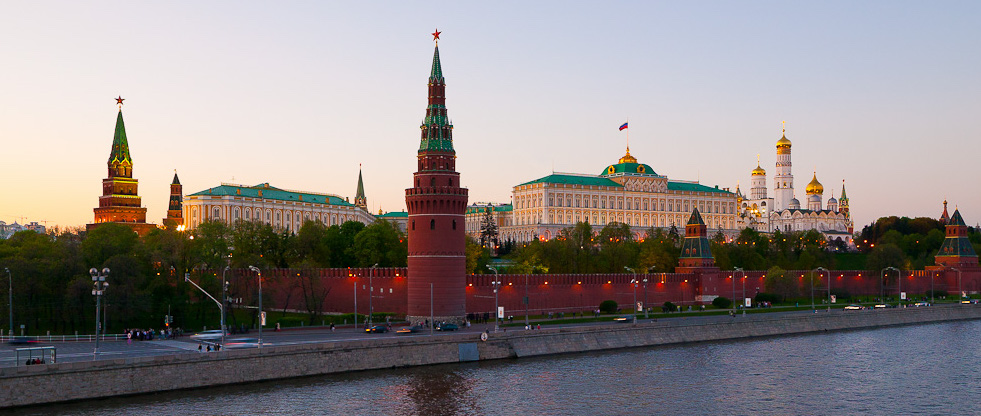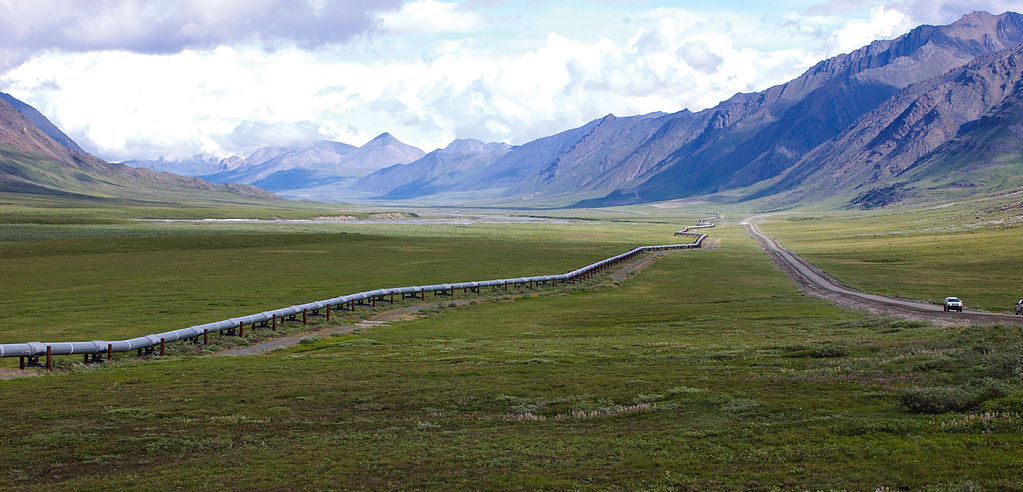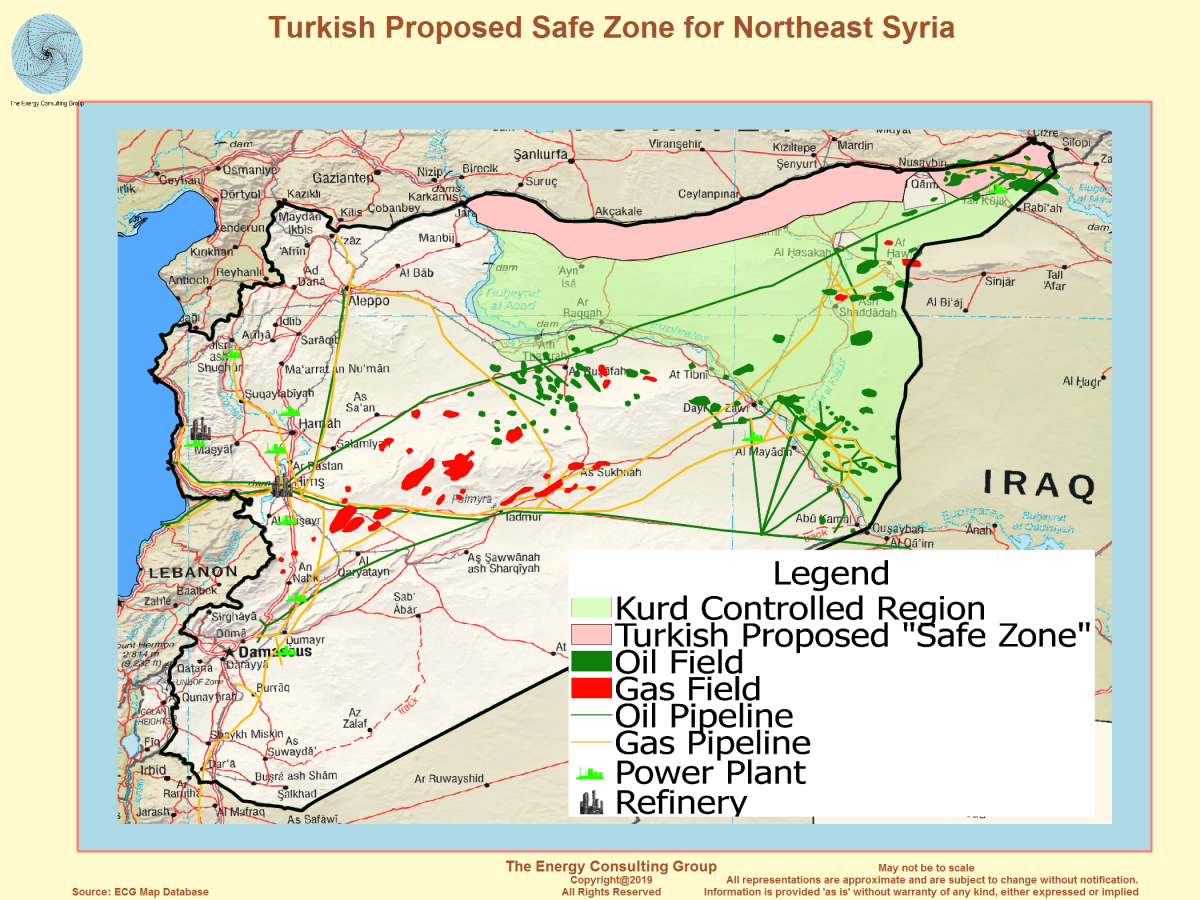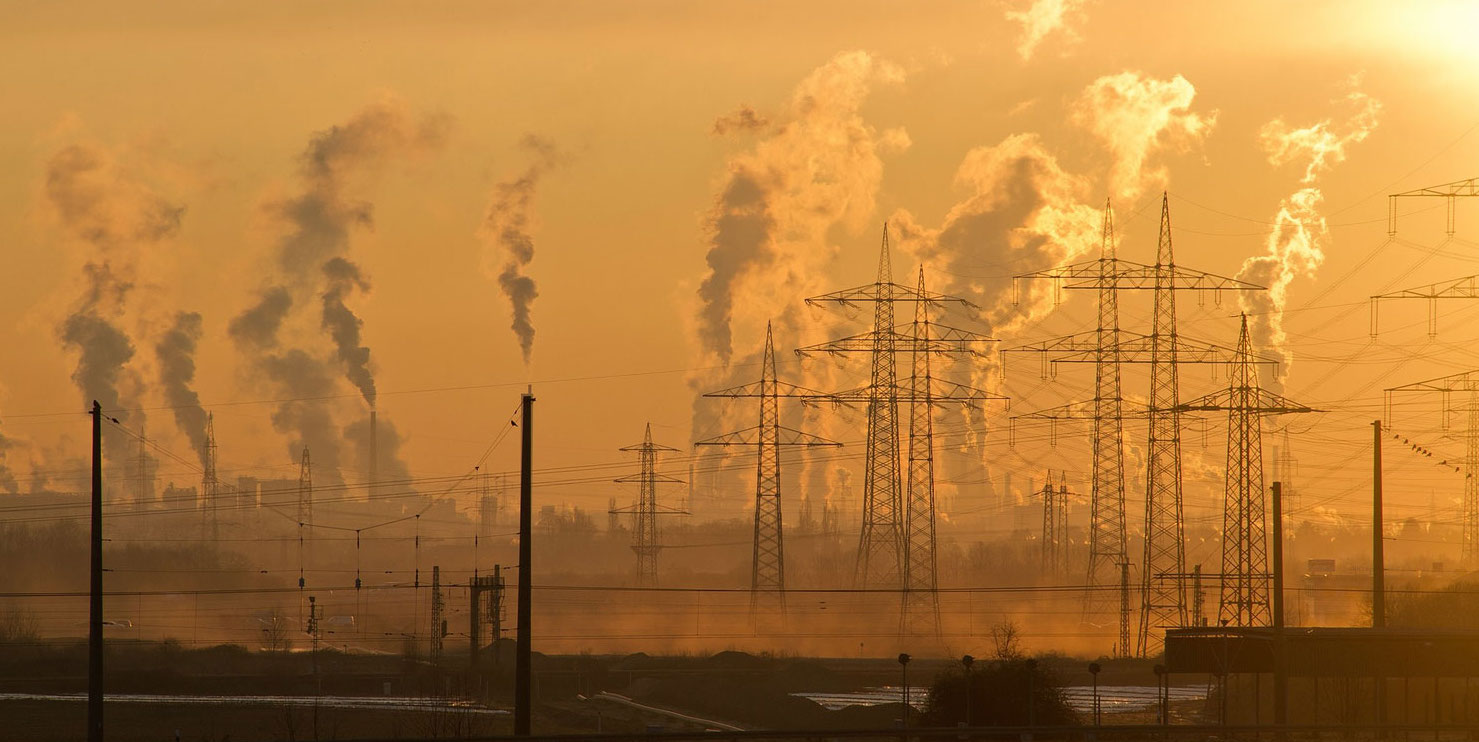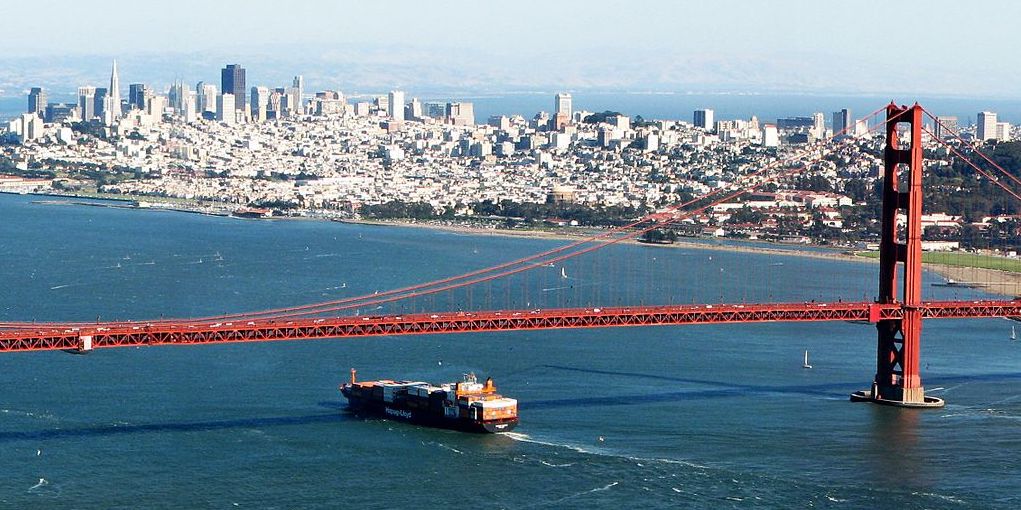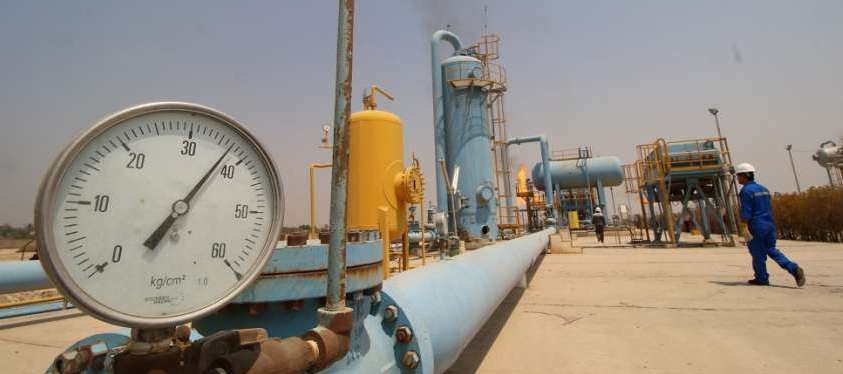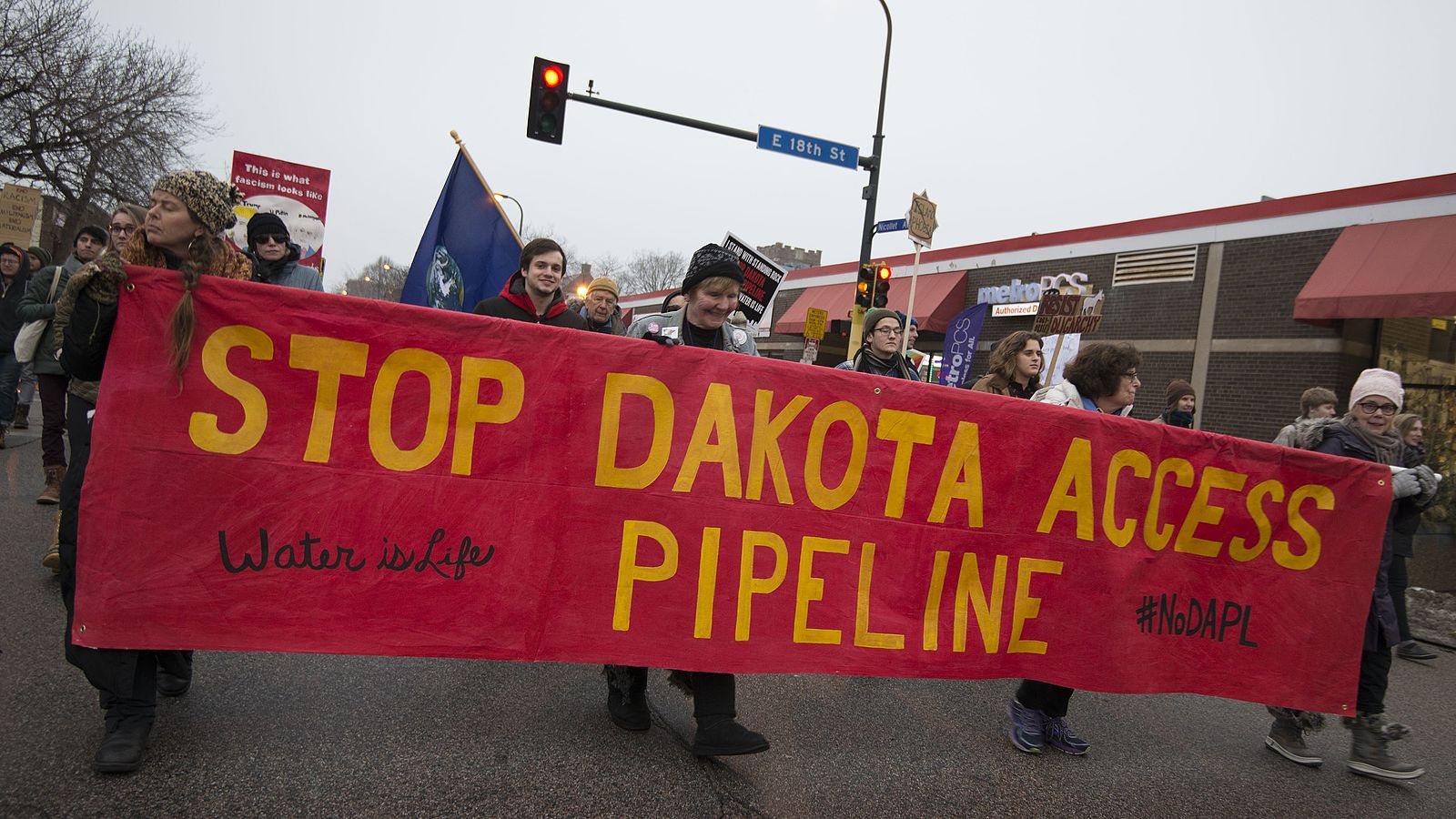
Biden admin defers to courts on Dakota Access
The Biden administration’s Army Corps of Engineers indicated at a federal district court hearing in Washington DC that they would not stop the flow of oil through the Dakota Access Pipeline (DAPL) despite the threat it poses to the Standing Rock Sioux Tribe‘s water supply. The project is currently operating without a federal permit as the matter is contested in the courts. (Photo of January 2017 march against the DAPL in Minneapolis: Fibonacci Blue/Wikimedia Commons)




